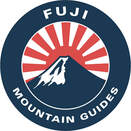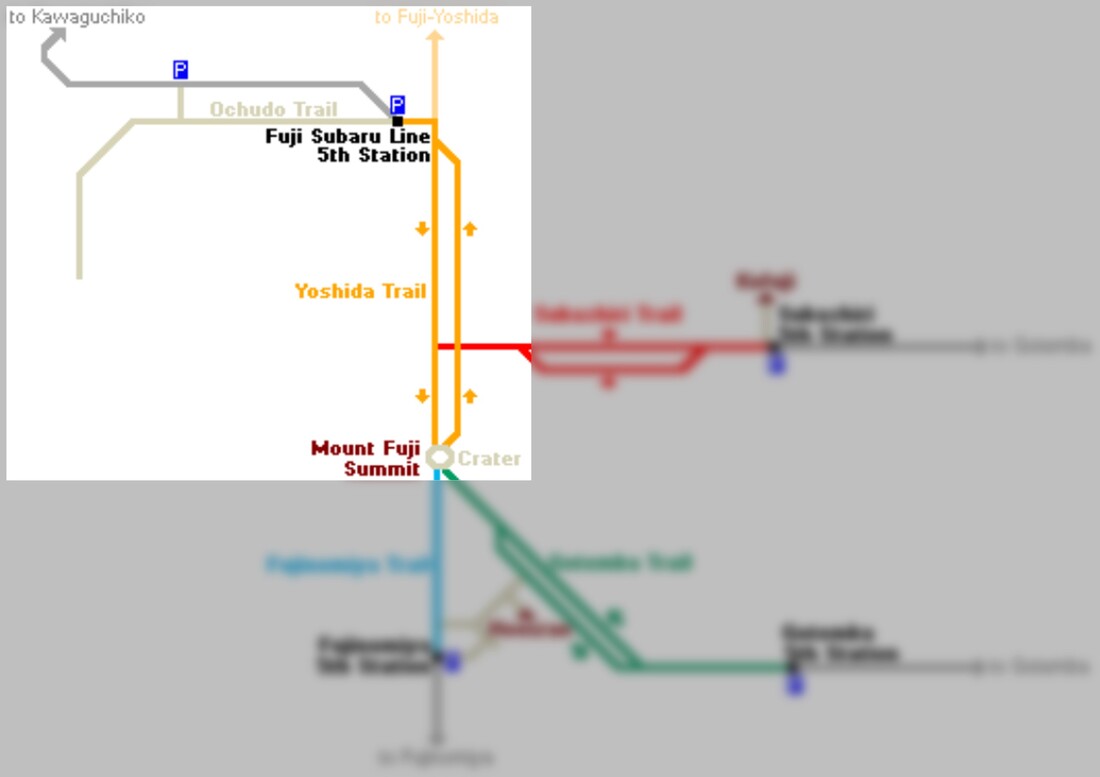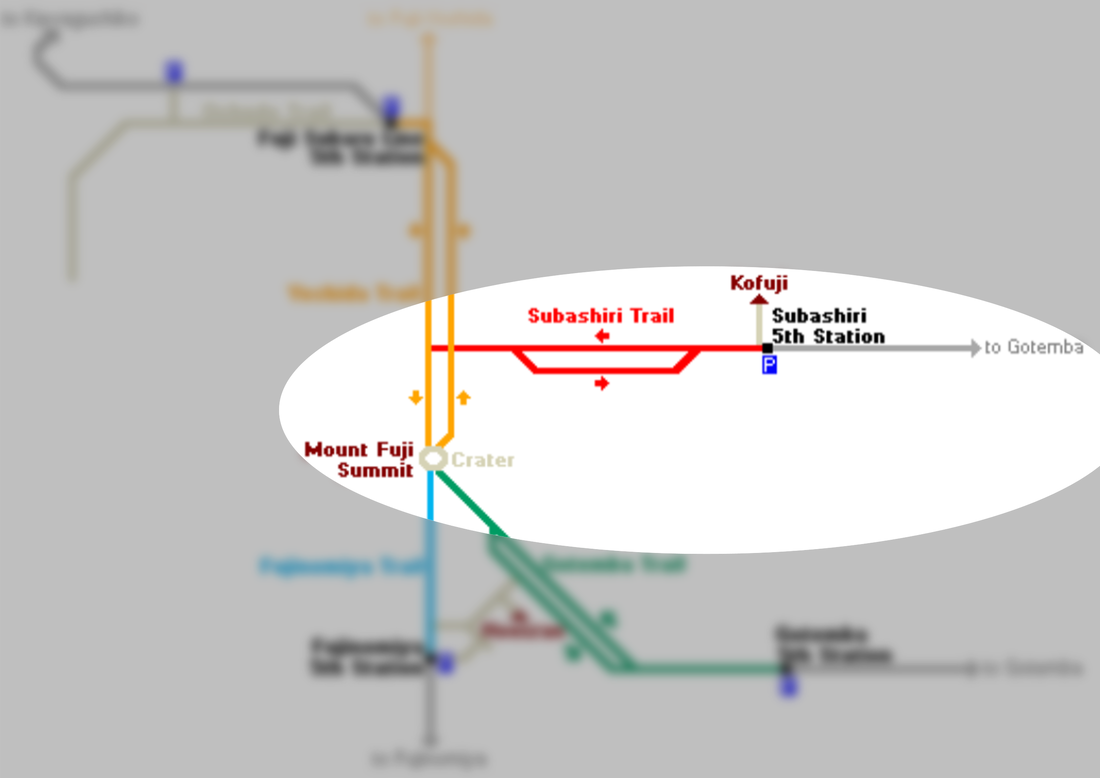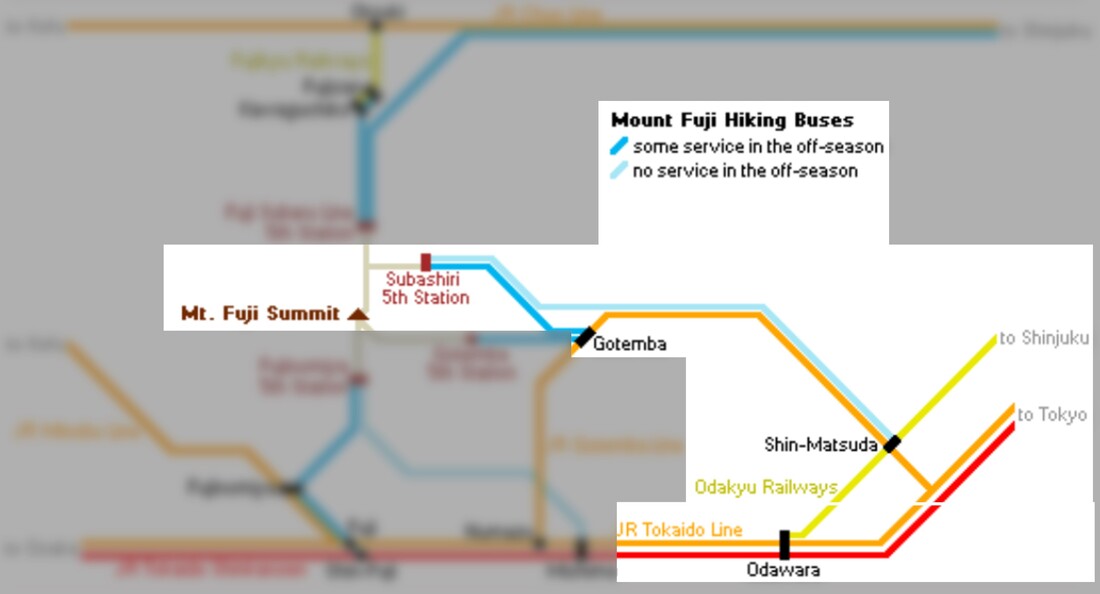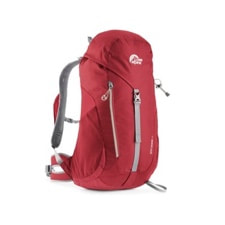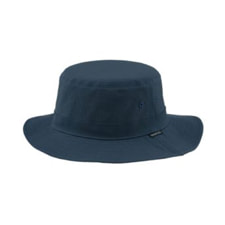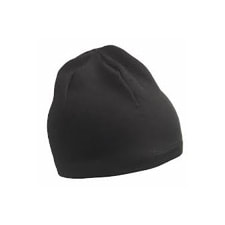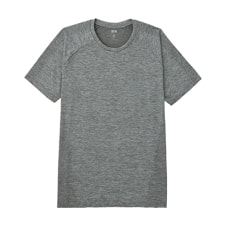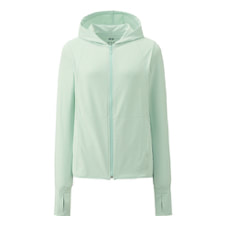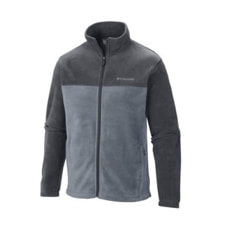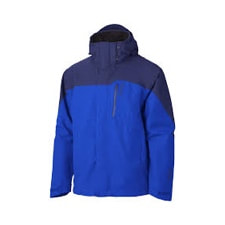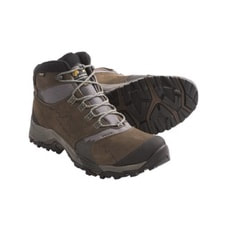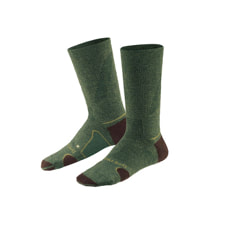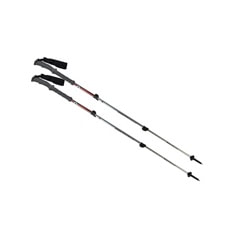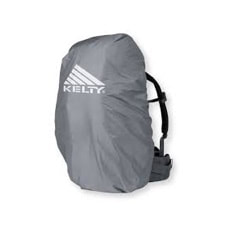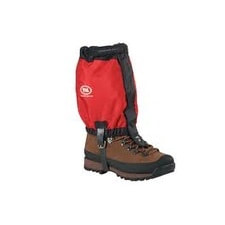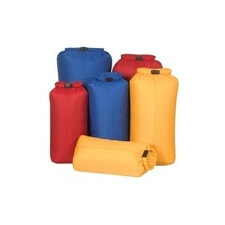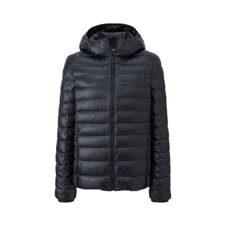-
Access
-
Weather
-
Gear
-
Resources
-
Help Center
<
>
Yoshida Trail |
Subashiri Trail |
Trailhead
Fuji Subaru Line 5th Station |
Subashiri 5th Station |
Trailhead Access
Bus from Shinjuku Direct highway bus service between Busta Shinjuku bus terminal and Fuji Subaru Line 5th Station. The one-way bus ride takes around 2.5 hours and costs 2950 JPY. For bus schedule, please refer to bus timetable (climbing season) and bus timetable (off-season). Reservations are required.
Train from ShinjukuFrom Shinjuku, take the JR Chuo Line to Otsuki (one way: 70 minutes, 2360 JPY by direct limited express train or 100 minutes, 1340 JPY by local trains). From Otsuki, take the Fujikyu Railway Line to Kawaguchiko Station (one way: 55 minutes, 1170 yen). From Kawaguchiko Station, take the Mount Fuji Hiking Bus to Fuji Subaru Line 5th Station (50 minutes, 1570 JPY one way or 2300 JPY roundtrip). For bus schedule, please refer to bus timetable (climbing season) and bus timetable (off-season).
CarIn the off-season, you can access the trailhead directly by car via the Subaru Line toll road (2100 JPY), however, it may temporarily partially close in times of heavy snow. In the climbing season, from July 15 (6:00 pm) - August 31 (6:00 pm), direct access is not permitted for private vehicles. In this case, park your car at the Fujisan Parking Lot (Google Maps link below). Parking costs 1000 JPY per vehicle. From the parking lot you can take the bus to Subaru Line 5th Station (45 minutes, 2100 JPY roundtrip). Please see here for the bus timetable and more information.
|
Public transport from Shinjuku / TokyoFrom Shinjuku, take the Odakyu Railway Line to Shin-Matsuda (80 minutes, 780 JPY). From Shin-Matsuda, you can take the JR Gotemba Line to Gotemba (30 minutes, 510 JPY) and from here the Mount Fuji Hiking Bus to Subashiri 5th Station (60 minutes, 1570 JPY one way or 2100 JPY roundtrip). For bus schedule, please refer to bus timetable (climbing season) and bus timetable (off-season). Alternatively, in the climbing season, you can take the Mount Fuji Hiking Bus from Shin-Matsuda directly to the Subashiri 5th Station (90 minutes, 2100 JPY one way or 3400 JPY roundtrip).
From Tokyo, take the JR Tokaido Line to Kozu (75 minutes) and change to the JR Gotemba Line to Gotemba (50 minutes). The entire trip costs 1980 JPY. CarYou can access the Subashiri 5th Station (trailhead) via a toll-free road during the off-season and a select few dates during the climbing season. Access for private vehicles is not permitted from July 14 - August 27, Sept 1 - 3 and Sept 8 - 10. During these times, park your car at '須走多用途広場(マイカー規制乗換駐車場)' (Google Maps link below). Parking costs 1000 JPY per vehicle. From here, walk 7 minutes to the 'Subashiri Sengen Shrine' bus stop where you catch the Climbers Bus to the Subashiri 5th Station (40 minutes, 1540 JPY one way or 2060 JPY roundtrip). During the climbing season, buses depart almost hourly. Please see here for the bus schedule.
|
The weather on Mt. Fuji is subject to alpine conditions. This means that even with a clear forecast, rain, hail, strong winds, and even lightning are sudden and common.
From our extensive experience, wind and temperature forecasts are reliable. Weather is always about a 50/50 guess.
Generally, wind plays the biggest factor in safety and trip cancellations. If the wind speed is above 80kmh / 50mph, we advice you to cancel your trip for safety.
Even if you're used to living in -5c to -15c weather, you need to ask yourself "when was the last time I was outside for 8 hours in such cold weather?" And keep in mind that the base of Fuji is usually very hot and humid in the summer, so you'll be changing quickly between sweating and freezing and back to sweating again.
As a rule of thumb, if any of the markers are red, you may want to consider cancelling, ultimately it will depend on your hiking experience.
From our extensive experience, wind and temperature forecasts are reliable. Weather is always about a 50/50 guess.
Generally, wind plays the biggest factor in safety and trip cancellations. If the wind speed is above 80kmh / 50mph, we advice you to cancel your trip for safety.
Even if you're used to living in -5c to -15c weather, you need to ask yourself "when was the last time I was outside for 8 hours in such cold weather?" And keep in mind that the base of Fuji is usually very hot and humid in the summer, so you'll be changing quickly between sweating and freezing and back to sweating again.
As a rule of thumb, if any of the markers are red, you may want to consider cancelling, ultimately it will depend on your hiking experience.
Mt. Fuji 3,014m / 9,888 ftWindspeed above 80kmh / 50mph is not safe to climb.
|
Mt. Fuji Summit, 3776m / 12,390ftWindspeed above 80kmh / 50mph is not safe to climb.
|
 View detailed snow forecast for Mount Fuji at: |
 View detailed snow forecast for Mount Fuji at: |
Weather & Cancellations / Refunds
When the weather is especially hazardous on Mt. Fuji, your mountain hut will deliver a "bad weather notice" email, waiving cancellation fees due to bad weather/road closures. If you have not received a "bad weather notice" email but decide to cancel your reservation due to concerns over the weather, please note cancellation fees will apply as per the cancellation policy outlined below.
A note on thunderstorm forecasts: Thunderstorms are almost always in the forecast for Mt. Fuji (forecasted almost everyday in August), but only actually occur 4-5 times throughout the entire season. The huts will not offer refunds for a cancellation made due to thunderstorms in the forecast.
A note on thunderstorm forecasts: Thunderstorms are almost always in the forecast for Mt. Fuji (forecasted almost everyday in August), but only actually occur 4-5 times throughout the entire season. The huts will not offer refunds for a cancellation made due to thunderstorms in the forecast.
There is a direct correlation between your quality of gear and your quality of experience. If you want a great experience, get the great gear. If you go for shabby gear, you risk a shabby experience. Because having the proper gear for this expedition can make the difference between a miserable memory and a good one, it is important that you take a close look at the list below.
The following is a list of required and recommended gear. You may encounter a variety of weather conditions through out your climb, including rain, wind, snow (yes, sometimes it snows on Fuji in the summer months), sleet and extreme heat. Skimping on equipment can jeopardize your safety and success, so we want you to think carefully about any changes or substitutions you are considering. If you have any questions, please contact us
Although you are choosing a non-guided hike, we want to support you on your pursuit of Mt. Fuji by providing high quality gear to create the best and safest experience possible . This is why we offer our gear rental service also to non-guided hikers. You can find much of the required equipment for rent in our rental store.
The following is a list of required and recommended gear. You may encounter a variety of weather conditions through out your climb, including rain, wind, snow (yes, sometimes it snows on Fuji in the summer months), sleet and extreme heat. Skimping on equipment can jeopardize your safety and success, so we want you to think carefully about any changes or substitutions you are considering. If you have any questions, please contact us
Although you are choosing a non-guided hike, we want to support you on your pursuit of Mt. Fuji by providing high quality gear to create the best and safest experience possible . This is why we offer our gear rental service also to non-guided hikers. You can find much of the required equipment for rent in our rental store.
REQUIRED GEAR
PackPacks with hip belts help keep the weight off your shoulders by distributing the weight to your hips. A 25-30 liter pack is the right size for your Mt.Fuji trip. Rent ¥1700
|
Hat and SunglassesWear a hat to protect your head/face from the sun. Sunglasses will not only protect your eyes from the bright sun, but also from dust/wind. It is recommended that you bring polarized sunglasses.
|
Headlamp |
Beanie |
|
Required for traveling in the dark. Hiking in the dark is the norm to make it to the summit for sunrise. Headlamps will light the trail while keeping your hands free. Rent ¥1300
|
70% of your body heat escapes through your head. Keep warm with a beanie. Rent ¥700
|
Base Layers |
Light Outer Layer/Tshirt |
|
Insulating thermal underwear for both top and bottom made from moisture wicking materials. These help you stay dry and warm by wicking sweat away from your body. Never wear cotton which traps moisture and sweat.
|
Tshirt made from moisture wicking materials. These help you stay dry by wicking sweat away from your body. Never wear cotton which traps sweat. It is common to start our summer hikes in shorts/t-shirt, before having to layer up at the top.
|
Insulating Layer - Light Weight |
Insulating Layer - Medium/Heavy Weight |
|
Light layers help you stay warm in when there's light wind or slight temperature drop. Intended for use during the day when you don't need something as heavy as a fleece jacket. Long-sleeve wool or synthetic top, quarter zips will allow for better temperature regulation. We recommend light colors, which best reflect the intense sun on hot days.
|
A fleece jacket helps you stay warm during colder temperatures. It can also be paired with a shell in windy/rainy conditions on the mountain. Choose a size which can be layered over your base layers and under your shell jacket. Rent ¥1000
|
Shell Jacket & Pants SetJacket and pants made of waterproof, but breathable material help keep moisture and wind out, keeping you warm and dry. These are made of a waterproof/breathable fabric. Rent ¥2300
|
Trekking Pants / ShortsA synthetic pair of pants is required for this trip. They can be worn on their own at lower altitudes or layered with base layers for warmth. Pack optional shorts for comfort.
|
Hiking Boots |
Gloves |
|
Stabilize your ankles and keep your feet dry with waterproof, ankle supporting hiking boots. Sizes available for men and women. Rent ¥3000
|
Keep your fingers warm in freezing temperatures and high winds. Fleece is ideal because it is insulating even when wet. Even better would be a pair of light weight waterproof gloves.
|
Socks / Base Layers |
Change of Undergarments |
|
Bring one or two changes of wool or synthetic socks.
Use liner socks (a thin silky sock that minimizes friction between your sock and your foot) if your shoes are new or if you are prone to blisters. |
Don't forget to bring a change of undergarments. This is an overnight trip and even if it doesn't rain, your undergarments will get wet from sweat, so don't forget to bring a replacement.
|
RECOMMENDED GEAR
Hiking PolesPoles help reduce stress to your ankles, knees, and back.
They are great for keeping balance, which in turn leads to easier hiking on your way up and down. Rent ¥1700 |
Pack RaincoverKeep the rain out of your pack. Wet clothes and gear will not protect you on the mountain. Rent ¥700
|
GaitersAnkle-length gaiters that cover the top of your boot to the area above your ankles. These will help pebbles and dirt stay out of your boot. If it's wet out, it will protect from splashes too. Rent ¥1300
|
Dry BagUltralight waterproof bags help your gear stay dry. Use these to store anything that you definitely don't want to get wet. 10, 18, 25 and 33 liter dry bags available.
Rent ¥700 |
MISCELLANEOUS
Water
You have two options; pack water in with you or buy it at a mountain hut as you journey up Mt. Fuji. If you choose to buy on the mountain, it costs 500 yen per 500ml / 16oz. Usually 3-4 liters is sufficient for the climb. Note that many mountain huts will not be open before July 10th and most huts will begin to close after September 10th.
Sunscreen and Lip Balm
Protect your skin from the sun. UV rays are exponentially more potent in higher elevations.We recommend small tubes of SPF 15 or higher, which can be carried in pockets for easy access.
Money for Food and Snacks
You will need to bring snacks and money for meals. We suggest bringing crackers, candy bars, jerky, chips, cookies, trail mix, fruits, energy bars, and hard candies. Include some salty snacks to replenish lost salts.
Trash Bag / Zip Locks
Please use this as your personal trash bag. There are no trash bins along the trail or in any of the mountain huts. Any trash you take up Mt. Fuji must come down with you including any feminine hygiene products.
Wet Wipes / Hand Sanitizer
Wet wipes and hand sanitizer. There are pit toilets on Mt. Fuji which cost 200-300 Yen per use. Toilet paper is provided.
OTHER
Spending Money
Before climbing Mt. Fuji, many people buy Fuji climbing sticks as a souvenir. These sticks can be branded at each station along the way for ¥200 per branding. Mt. Fuji is also riddled with all kinds of little souvenir shops. We recommend bringing around JPY5,000-10,000 for gifts and keep sakes.
Insurance Documentation
Due to the inherent risk involved in alpine pursuits, and in the interest of your safety, FMG recommends to purchase travelers insurance that provides full medical and emergency evacuation coverage in Japan. We recommend World Nomads travel insurance because its one of the best and is recommended by other tour organizations like Lonely Planet and National Geographic. With travel insurance from WorldNomads.com you can buy, extend and claim online even after you've left home. Click here for a quote on your desired travel insurance coverage.
Ear Plugs
An essential for the mountain hut stay.
First Aid/Medication
We suggest to bring your own first aid kit and cell phones for emergency use. Please remember to bring all personal medication. Japanese pharmacies may not carry the same medicine that you find at home. If you have any medical conditions which may affect your trip, please consult your doctor.
Yoshida TrailTrail Map
Trail Guide
Mountain Huts
|
Subashiri TrailTrail Map
Trail Guide
Mountain Huts
|
3 commonly asked questions:
'What level of fitness should I be in?'
Read our physical fitness guide and come ready to tackle Mt. Fuji. We have provided a detailed program to help people prepare for their Mt. Fuji ascent.
'Will I need to bring my own sleeping bag for my mountain hut stay?'
You don't need to bring a sleeping bag as bedding is provided at both our in season and off season mountain huts, Fujisan Hotel and Taiyokan. Bedding is provided in the form of a futon, sleeping bag, pillow and an extra blanket.
'Is there tap water available at our mountain hut accommodation?'
No, there is no tap water available for guests use at Fujisan Hotel, Taiyokan or at any other mountain hut on Mt. Fuji. The only available water source on Mt. Fuji is rain water which is not sufficient enough to provide hundreds of climbers a day with clean water. Also, there is no soap provided at the toilets, thus it is important to bring with you your own hand sanitizer. Bottled water however is available for purchase.
Any other questions?
You will most likely find the answer to any other question you may have on our FAQ webpage, with one section specifically dedicated to questions about Mountain Hut Reservations.
|
|
|
Follow us on
|
GIVE the GIFt
|
Home - Tours - Rentals - Mt Fuji - About - Contact Us
Privacy Policy - Terms and Conditions - Gallery - Employment
Privacy Policy - Terms and Conditions - Gallery - Employment
Fuji Mountain Guides
Copyright © 2007-2022
株式会社 Japan Guides Group
Nishi Tokyo, Tokyo, Japan
Copyright © 2007-2022
株式会社 Japan Guides Group
Nishi Tokyo, Tokyo, Japan
